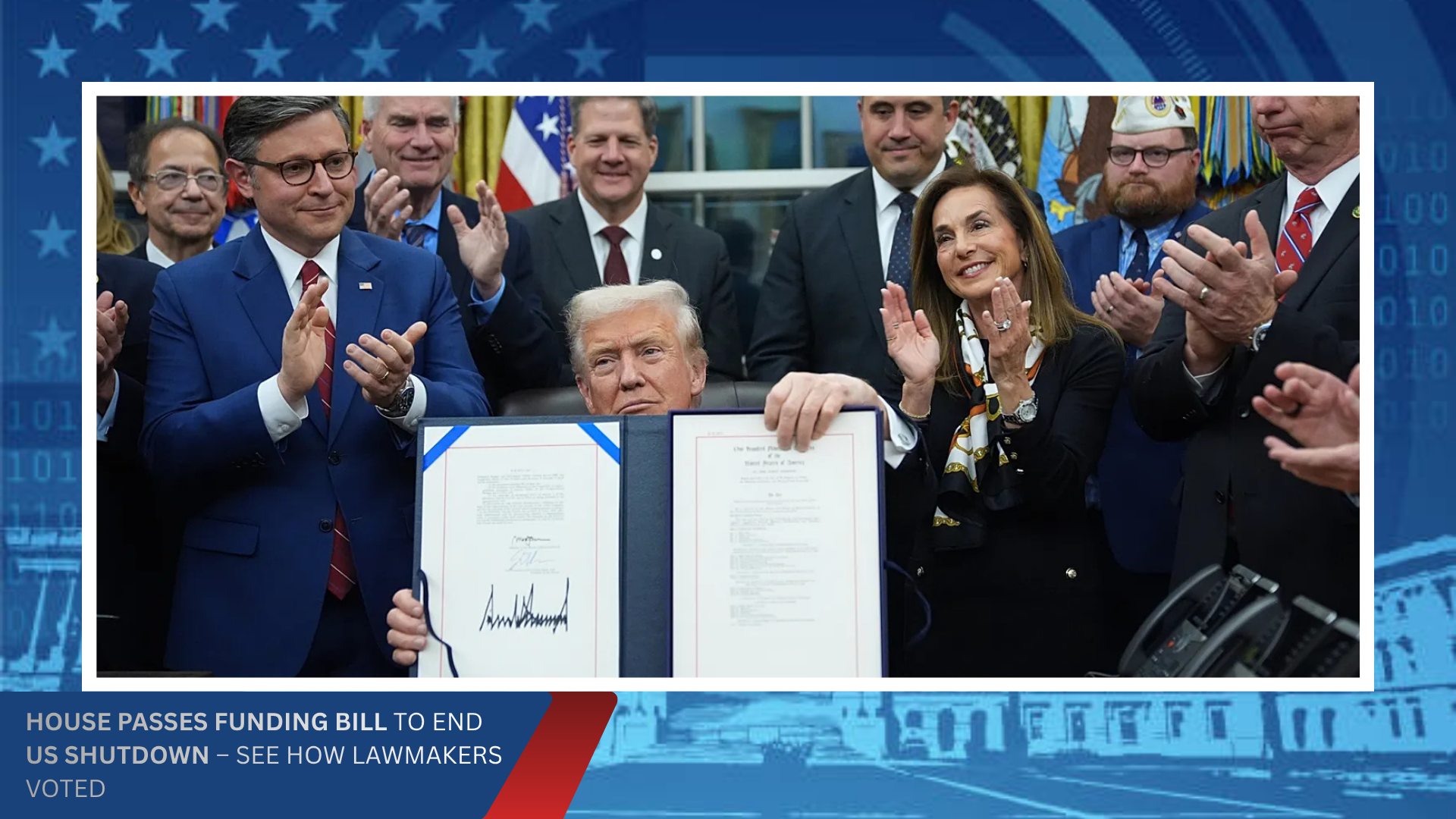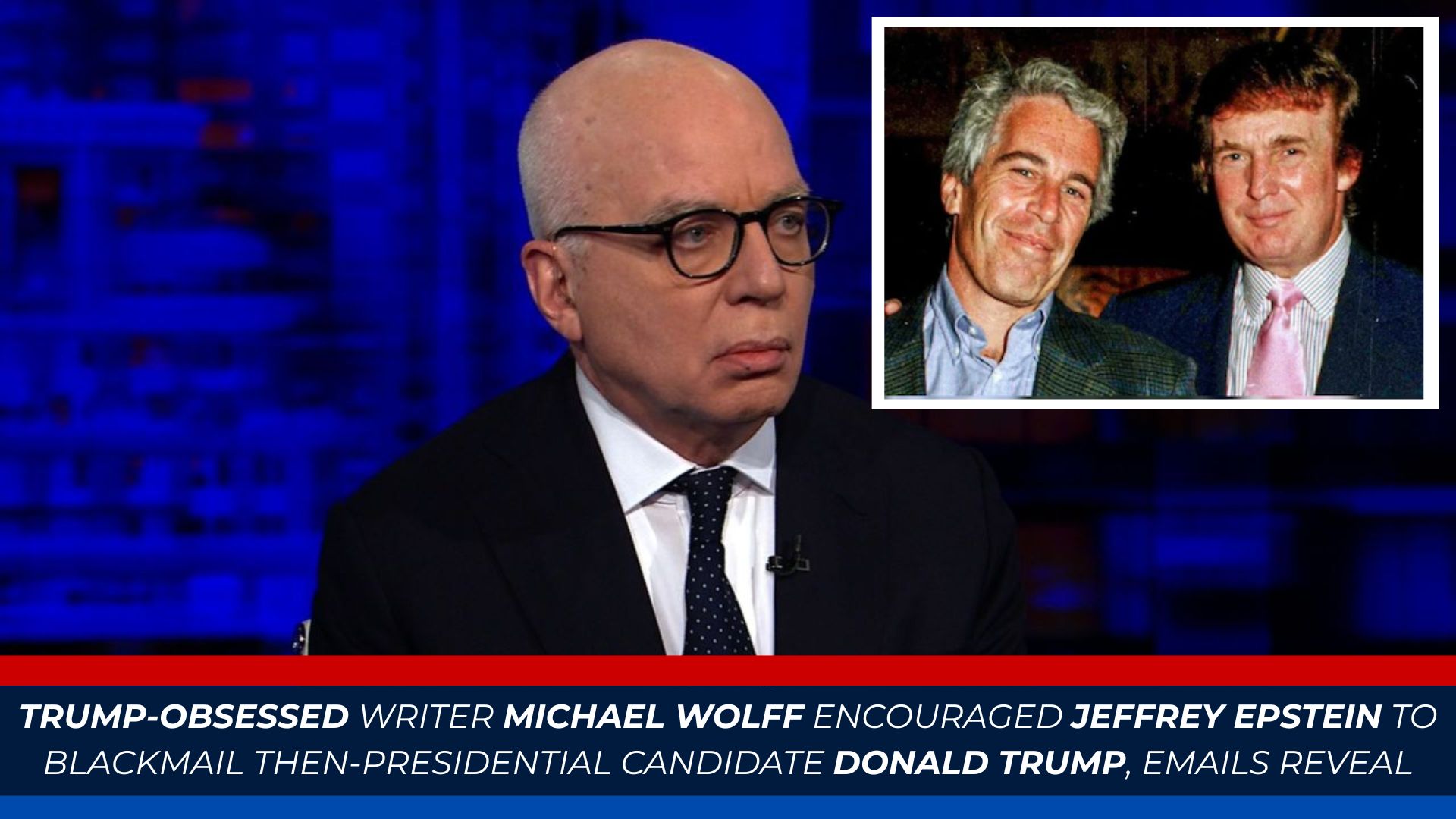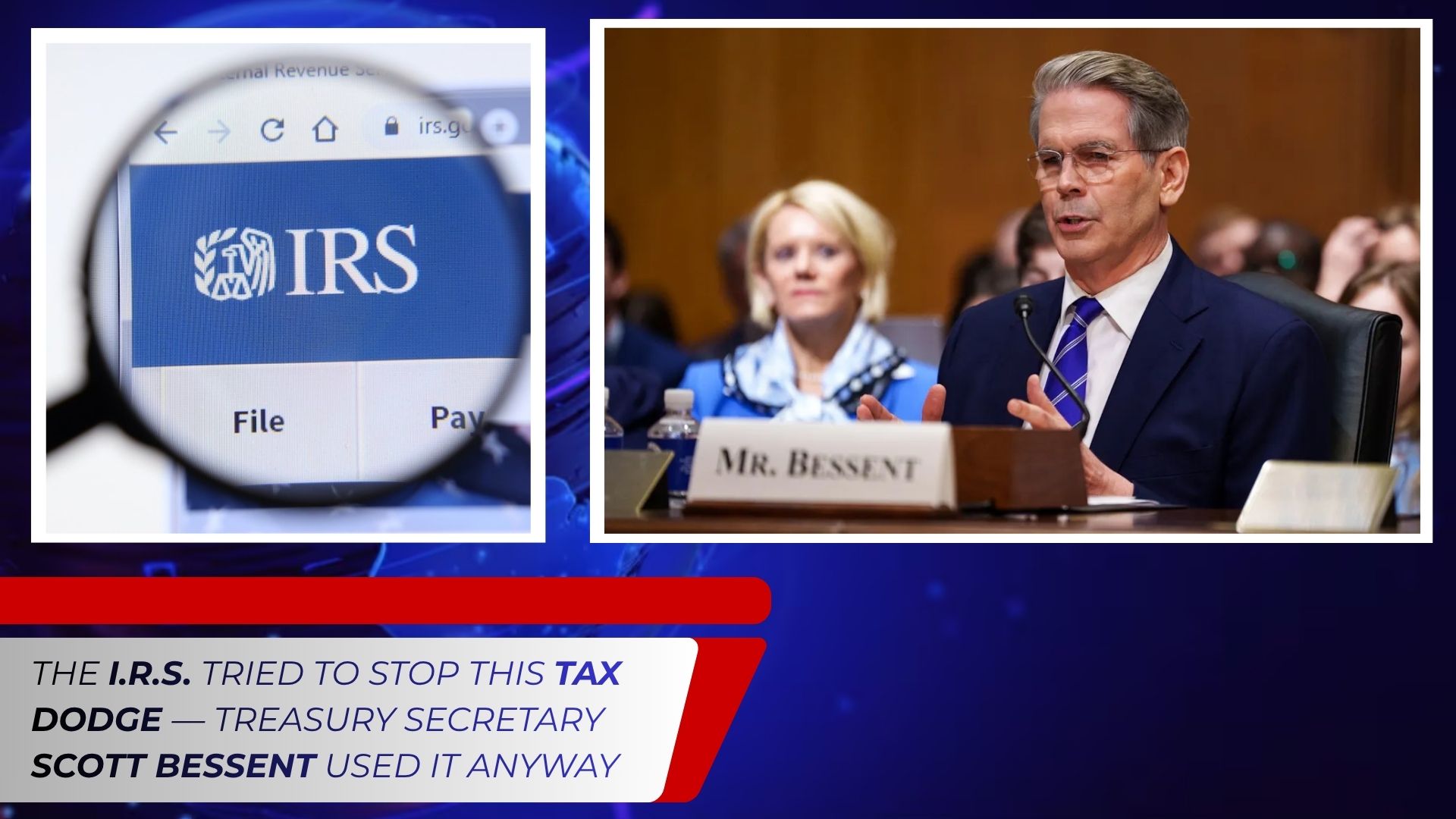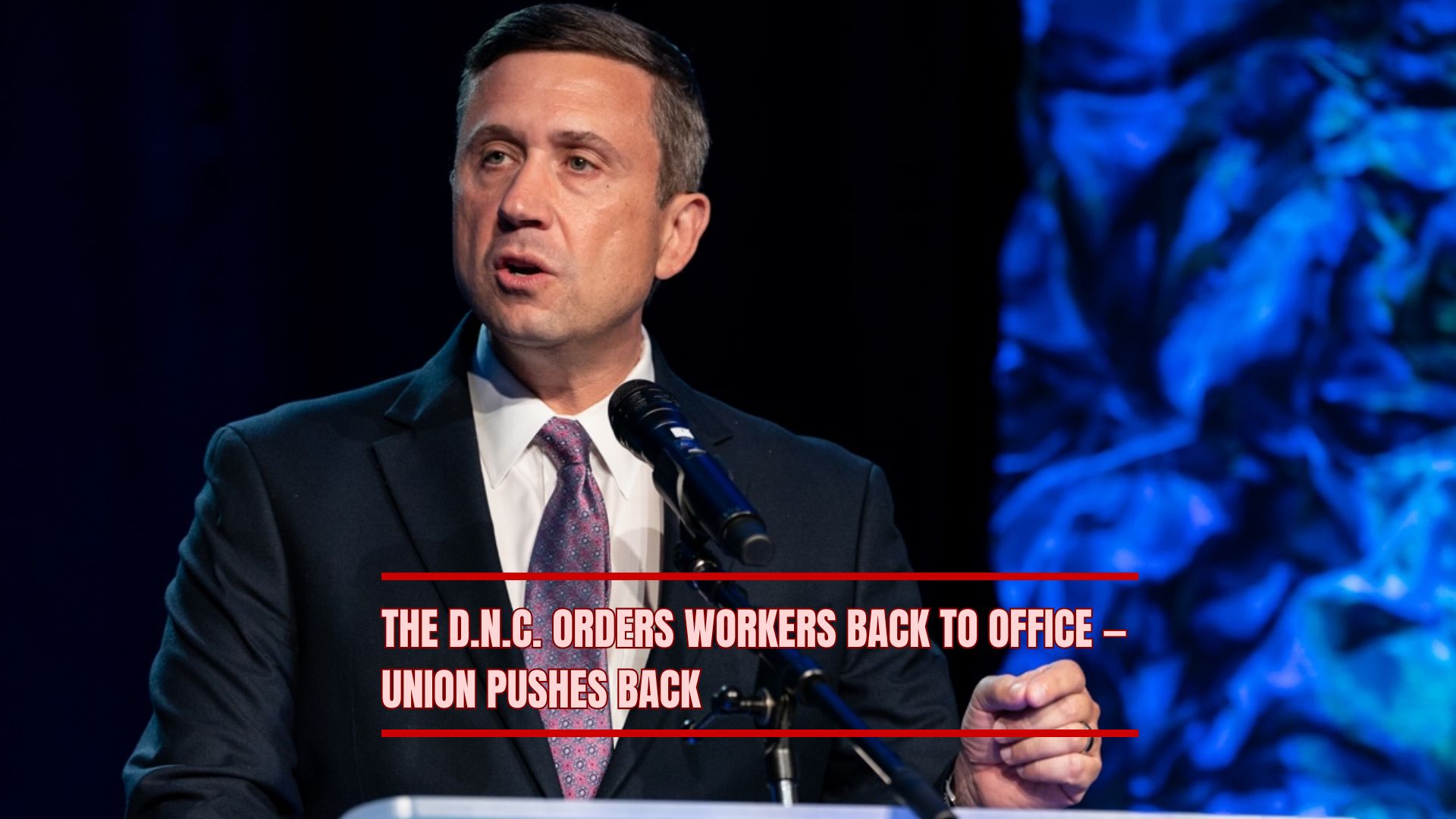13 November, 2025
HOUSE VOTES TO REOPEN GOVERNMENT AFTER 42 DAYS OF GRIDLOCK
The United States House of Representatives has passed a long-awaited funding bill to end the longest government shutdown in American history, restoring operations after 42 days of partial closure. The measure, approved late Wednesday, cleared the chamber with bipartisan support following days of tense negotiations on Capitol Hill.
President Donald Trump signed the legislation into law shortly afterward, officially reopening the federal government and allowing thousands of furloughed employees to return to work.
The vote represents a turning point after weeks of political brinkmanship that left agencies shuttered, paychecks suspended, and millions of Americans frustrated with Washington’s dysfunction.
A SENATE-BROKERED COMPROMISE
The bill’s passage followed a compromise deal brokered in the Senate earlier this week. The final agreement maintained government funding at existing levels through January of next year, giving lawmakers time to negotiate a longer-term solution.
Crucially, the compromise required Democrats to drop their demand for an extension of Affordable Care Act (ACA) healthcare subsidies, which had been the major sticking point in the stalemate. Those subsidies, introduced under the Biden administration, were designed to lower costs for Americans purchasing health insurance through the ACA marketplace.
The Senate’s version of the bill was crafted to appeal to enough moderate Democrats to overcome procedural hurdles. In the end, a handful of Democratic senators crossed the aisle, voting alongside Republicans to move the measure forward. Their decision broke the deadlock that had paralyzed Congress for over six weeks.
WHAT THE BILL INCLUDES
The legislation funds the federal government at current spending levels through January, ensuring stability for critical services while giving both parties breathing room to debate future appropriations.
In addition to the stopgap funding, the bill includes three full-year provisions:
- Department of Veterans Affairs (VA): Ensures continued funding for veterans’ healthcare, benefits, and support programs.
- US Department of Agriculture (USDA) and Food and Drug Administration (FDA): Extends funding for food safety inspections, agricultural programs, and rural development initiatives.
- Legislative branch operations: Provides funding for congressional staff, Capitol Police, and essential legislative services.
While the bill averts immediate fiscal disaster, it is widely viewed as a temporary fix rather than a solution. Lawmakers will have to return to the negotiating table in early 2026 to prevent another shutdown.
HOW LAWMAKERS VOTED
The final vote in the House was 222–209, with most Democrats voting in favor of reopening the government and a small number of Republicans joining them. Several progressive Democrats expressed frustration that the deal abandoned healthcare subsidy extensions but nonetheless supported the bill to restore critical services.
In the Senate, the bill cleared the 60-vote threshold with a narrow margin after days of debate and procedural maneuvering. Republican leadership celebrated the outcome as a “responsible conclusion” to the impasse, while Democratic leaders framed it as an act of “pragmatic compromise.”
REACTIONS FROM BOTH SIDES
President Trump, in a brief statement following the signing, declared:
“This is a win for the American people. We refused to give in to partisan demands and instead focused on keeping our government open and strong.”
Democratic leaders struck a more cautious tone. Senate Minority Leader Hakeem Jeffries said the bill was “a necessary step to protect federal workers and American families,” but warned that the fight for affordable healthcare was far from over.
Progressive lawmakers criticized the compromise as a retreat. Representative Summer Lee of Pennsylvania said, “We held the line for weeks to defend working families’ healthcare. To walk away with only a temporary fix feels like a betrayal of those who trusted us to fight for them.”
Meanwhile, Republican Speaker Mike Johnson praised the deal as “a demonstration of leadership and unity,” emphasizing that fiscal discipline would remain a core GOP priority moving forward.
THE AFTERMATH: WHAT COMES NEXT
The reopening of the government is expected to bring immediate relief to more than 800,000 federal employees who were either furloughed or working without pay. Federal contractors, airports, and social service agencies are beginning the process of restoring full operations.
Economists warn, however, that the shutdown’s ripple effects could linger. The six-week halt is estimated to have cost the U.S. economy billions of dollars in lost productivity, delayed loans, and reduced consumer spending.
In Washington, lawmakers are already looking ahead to the next fiscal showdown. The temporary funding measure expires in January, meaning Congress has only a few months to negotiate a new long-term spending package.
Democrats plan to renew their push for the healthcare subsidy extensions, while Republicans are expected to press for further spending cuts and border enforcement provisions.
A POLITICAL CALCULUS FOR BOTH PARTIES
The end of the shutdown gives both sides a chance to recalibrate before the 2026 midterm elections. For Democrats, the challenge lies in convincing voters that their weeks-long standoff was worth the fight, even without securing healthcare wins. For Republicans, the goal is to project stability and control in the face of growing criticism over governance fatigue.
Observers say that both Trump and congressional Republicans risk appearing insensitive to working-class concerns, especially if the same funding battles resurface early next year. Conversely, Democrats face the delicate task of balancing resistance with realism — showing that they can both stand up for principles and deliver results.
Political analysts note that the shutdown, while ended, may leave lasting marks on the nation’s political psyche. It has deepened polarization, tested institutional trust, and reminded Americans how fragile federal operations can be when partisanship overtakes pragmatism.
CONCLUSION: GOVERNMENT REOPENS, BUT TRUST REMAINS CLOSED
The vote to reopen the government ends an unprecedented shutdown that disrupted lives across the country. But beneath the relief lies unease: another funding cliff looms in just a few months, and the divisions that caused this crisis remain as sharp as ever.
For now, Washington has bought itself time — but not unity. Whether lawmakers can use this brief reprieve to rebuild trust and craft a sustainable budget remains to be seen.
As the Capitol lights flicker back on and federal workers return to their desks, one truth endures: ending a shutdown is easy compared to preventing the next one.








